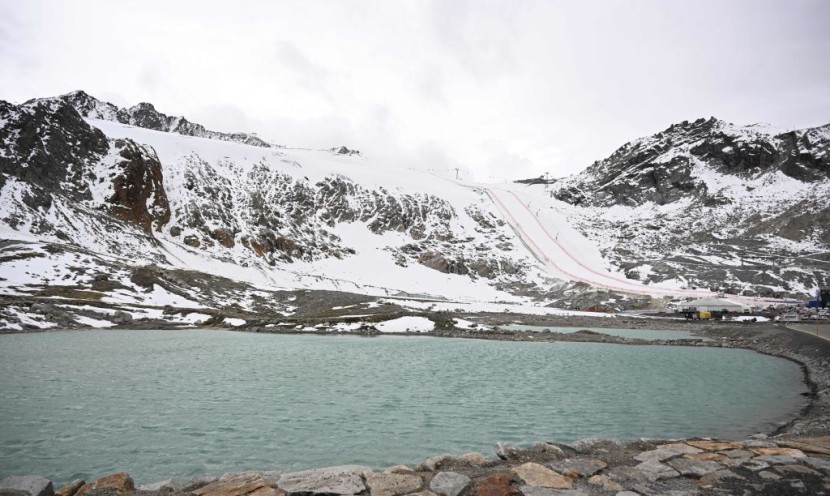
As the threat of climate change continues to rise, it was discovered that Europe has warmed twice as fast as any other region, based on a new State of the Climate in Europe report released by the World Meteorological Organization.
The report comes before the United Nations' international climate summit that will be held in Egypt. It is also one of a series of reports released in the last several weeks that highlight how the world is off-track on its climate goals to control global warming.
Europe's Rapidly Rising Temperature
Not only are countries worldwide missing the mark on their efforts to reduce planet-warming fossil fuel emissions, but the measurements also show that temperatures are already skyrocketing. Since the industrial revolution, global temperature has already gone up by roughly 1.2 degrees and scientists noted that this should be limited to only 1.5 degrees in order to avoid the most severe impacts of the weather on our planet.
Furthermore, some continents are feeling the rise of temperature much faster than others, with Europe being shown as having increased more than twice the global average over the last three decades with a rate of about 0.5 degrees Celsius per decade, as per CNN.
Recent reports have also shown that the region's temperature was fueling extreme weather to occur. The number of wildfires year-to-date through July in the EU was quadruple the average in the last 15 years.
In the United Kingdom, a deadly, record-breaking heatwave has strained public health and buckled infrastructure. Furthermore, exceptional drought has plagued the continent this summer, drying up some of the world's most economically critical rivers.
According to DW News, the rise in temperature in Europe has also caused Alpine glaciers to lose 30 meters in ice thickness from 1997 to 2021. Furthermore, Greenland's ice sheet was also discovered to be melting away and was contributing to an acceleration in rising sea levels.
Read Also : Space Observatory Captures Stunning Image of Giant Star's 'Ghost' Made up of Cosmic Dust, Gas
Effects of Climate Change
In a statement, WMO chief Petteri Taalas said that Europe represents a live picture of a level of global warming and reminds us that even well-prepared countries are not safe from the devastation of climate change.
The WMO added that in the summer of 2021, a melt event in Greenland resulted in the "first-ever recorded rainfall at its highest point." Various weather-related events in the region have already caused hundreds of fatalities and have affected more than half a million people, causing damage in excess of $50 billion.
While the majority of these events were found to be floods or storms, the deadliest of the extreme climate events in Europe were heatwaves, particularly those in western and southern Europe.
The main reason for the situation is that a large part of the continent is in the sub-Arctic and Arctic, which is the fastest-warming region on Earth. Furthermore, it is also the region that experiences the fastest changes in climate feedback, said scientists.
One instance of the visible effects of climate change is that there are fewer clouds over Europe during the summer, which means that more sunlight and heat are able to reach the continent, said senior scientist with the Copernicus Climate Change Service, Freja Vambog, Reuters reported.
Related Article: NASA Earth Space Mission Discovers 50 Methane 'Super-Emitters' That Significantly Contribute to Climate Change








